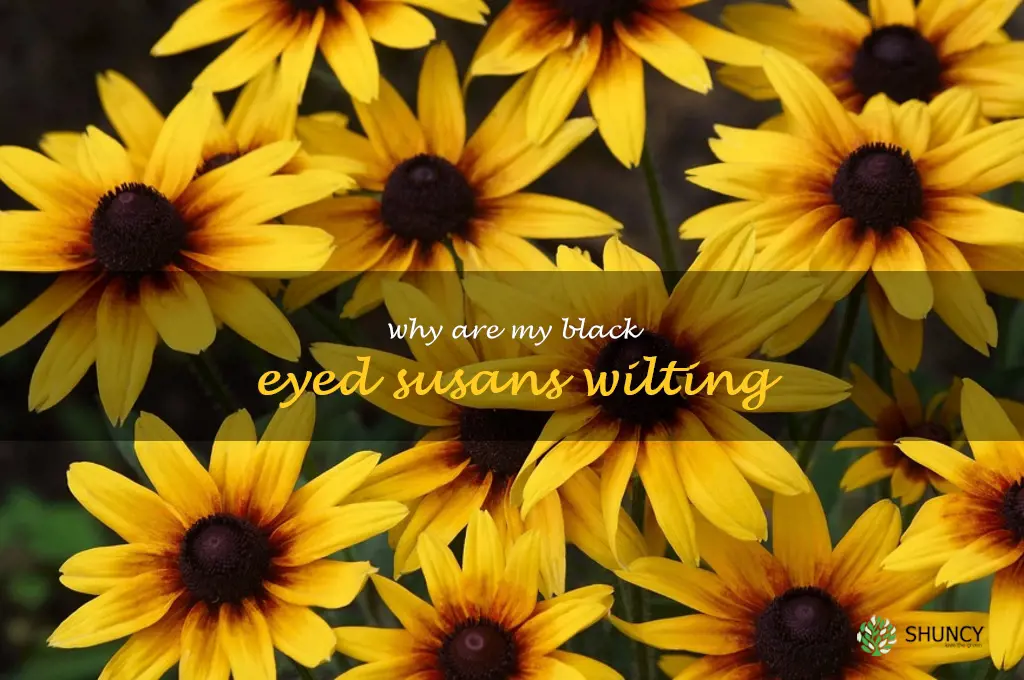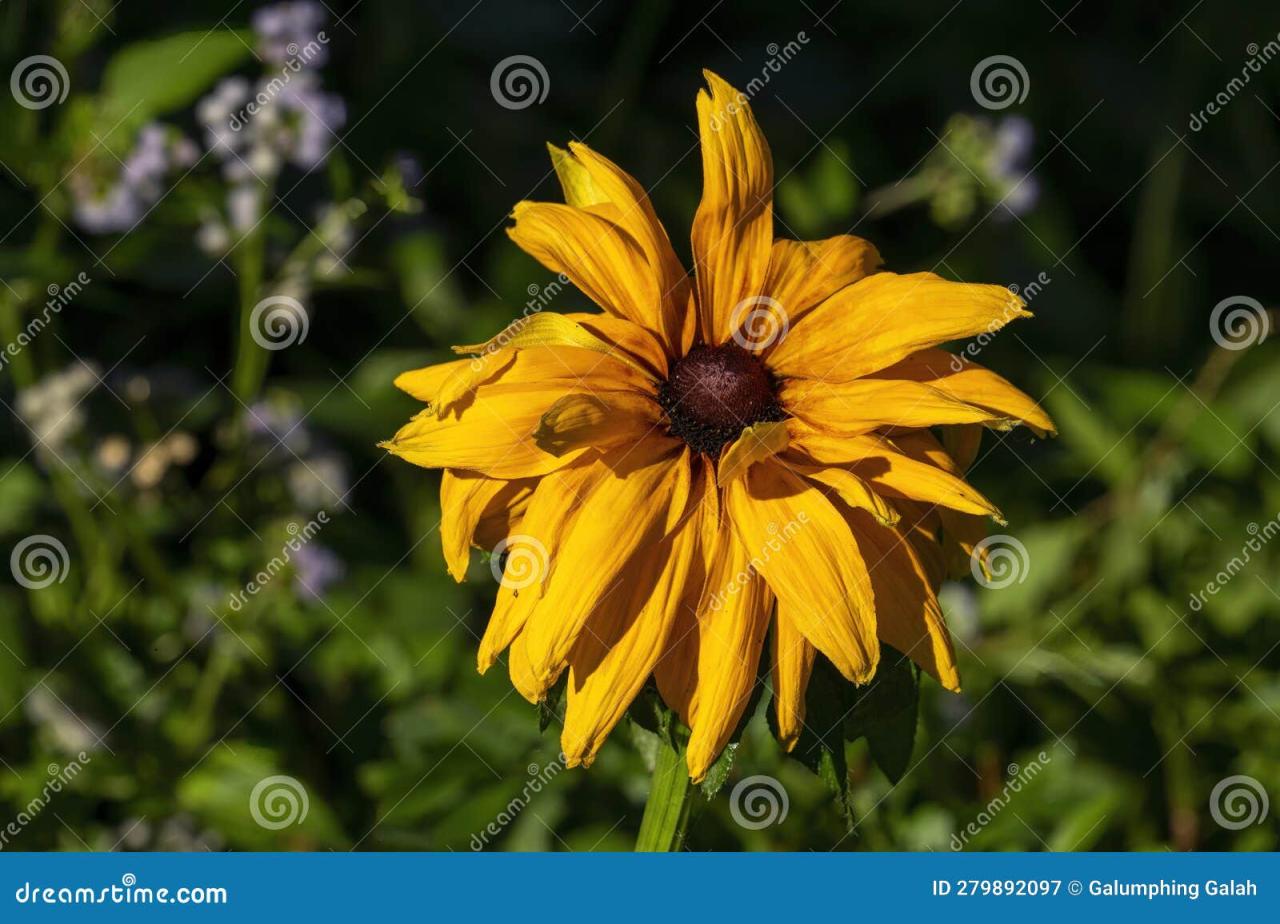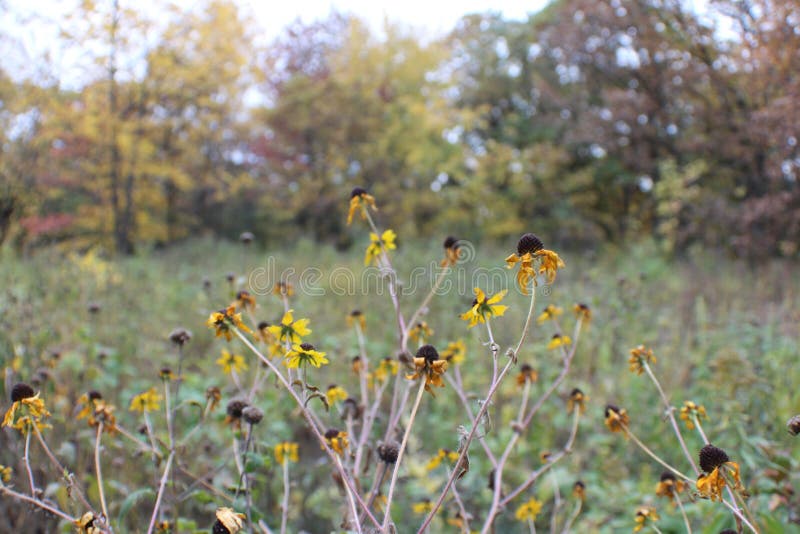Why Are My Black Eyed Susans Wilting – Black Eyed Susans (Rudbeckia hirta) are beloved garden favorites known for their bright yellow petals and dark centers. However, seeing these cheerful blooms wilting can be disheartening for gardeners. Understanding the reasons behind wilting is essential for maintaining a vibrant garden. In this post, we will explore the various factors that can lead to wilting in Black Eyed Susans and provide solutions to keep them healthy and flourishing. 🌼
Common Causes of Wilting in Black Eyed Susans
To effectively care for Black Eyed Susans, it’s crucial to identify the root causes of wilting. Here are some common reasons:
1. Lack of Water
One of the most frequent causes of wilting is insufficient water. Black Eyed Susans thrive in well-drained soil, but they also require regular watering, especially during dry spells.
- Symptoms: Leaves may appear droopy, and the plant will look lifeless.
- Solution: Ensure that the soil is consistently moist but not waterlogged. Water deeply once a week, increasing frequency during hot weather.
2. Overwatering
Conversely, overwatering can be just as detrimental. When the soil retains too much moisture, roots can rot, leading to wilting.
- Symptoms: Yellowing leaves and mushy stems can indicate overwatering.
- Solution: Allow the top inch of soil to dry before watering again. Consider improving drainage by amending soil with organic matter.
3. Poor Soil Quality
The type and quality of soil can significantly affect the health of your Black Eyed Susans.
- Symptoms: Stunted growth and wilting may occur if the soil lacks nutrients.
- Solution: Test your soil’s pH and nutrient levels. Adding compost or balanced fertilizers can improve soil health.
4. Pest Infestations
Pests such as aphids, spider mites, or beetles can wreak havoc on Black Eyed Susans, causing them to wilt.
- Symptoms: Check for visible insects or webbing on the plants. Yellowing leaves often accompany pest issues.
- Solution: Use insecticidal soap or neem oil to treat infestations. Regular monitoring and early intervention are key.
5. Fungal Diseases
Fungal diseases can cause significant damage to Black Eyed Susans, leading to wilting and decline.
- Symptoms: Look for black spots, powdery mildew, or unusual leaf drop.
- Solution: Ensure proper spacing between plants for airflow. Apply fungicides if necessary, and remove affected plant parts promptly.
Environmental Factors Impacting Wilting
Aside from the care given to Black Eyed Susans, environmental conditions play a crucial role in their health. Here’s what to consider:
1. Temperature Extremes
Black Eyed Susans prefer moderate temperatures. Extreme heat or cold can stress the plants, leading to wilting.
- Symptoms: Wilting during hot, sunny days or browning edges can indicate temperature stress.
- Solution: Provide shade during peak sunlight hours and protect plants during cold snaps with mulch or covers.
2. Sunlight Exposure, Why Are My Black Eyed Susans Wilting
These plants love the sun, but too much direct sunlight without adequate moisture can cause them to wilt.
- Symptoms: Leaves may curl or droop in extreme sun exposure.
- Solution: Plant in well-drained areas with partial shade during the hottest part of the day.
3. Competition from Weeds

Weeds can compete with Black Eyed Susans for water and nutrients, leading to stress and wilting.
- Symptoms: Presence of weeds around the plants may indicate competition.
- Solution: Regularly remove weeds to ensure that Black Eyed Susans have access to necessary resources.
Common Care Mistakes to Avoid
Many gardeners inadvertently make mistakes that can lead to wilting. Here are some common care errors to avoid:
| Care Mistake | Consequences | Prevention |
|---|---|---|
| Inconsistent Watering | Wilting and stress | Regular watering schedule |
| Ignoring Soil Quality | Nutrient deficiency | Soil testing and amendment |
| Pest Neglect | Infestations leading to wilting | Regular monitoring |
| Poor Pruning Practices | Overgrowth and disease | Regular trimming and maintenance |
Restoring Wilting Black Eyed Susans: Why Are My Black Eyed Susans Wilting
Once you’ve identified the cause of wilting in your Black Eyed Susans, it’s time to take action. Here’s how to restore their health:
1. Hydration Techniques

Whether you’re dealing with overwatering or underwatering, adjusting your hydration techniques is key.
- For underwatering: Water deeply and consistently.
- For overwatering: Allow soil to dry out, and check drainage systems.
2. Fertilization Practices
Replenishing nutrients can revive wilting plants.
- Use balanced fertilizers: A 10-10-10 fertilizer works well.
- Organic options: Consider compost or worm castings for natural nourishment.
3. Pest and Disease Management
Take immediate action against pests and diseases to halt further damage.
- Pesticide application: Follow instructions carefully.
- Preventive measures: Regularly check plants and remove any dead or diseased foliage.
4. Environmental Adjustments
Make necessary adjustments to the growing environment to promote recovery.
- Provide shade: Use garden fabric or lightweight cloths during extreme heat.
- Mulch: Apply mulch around plants to retain moisture and regulate temperature.
Important Note: Always monitor your Black Eyed Susans after implementing changes, and be patient. Recovery takes time.
Final Thoughts on Wilting Black Eyed Susans
Wilting in Black Eyed Susans can be distressing, but with proper knowledge and care, you can restore these vibrant flowers to their former glory. Regular monitoring, appropriate watering, pest control, and maintaining soil health are essential components of successful gardening. By following the tips and tricks Artikeld in this guide, you’ll be well on your way to enjoying the beautiful blooms of Black Eyed Susans all season long! 🌻
